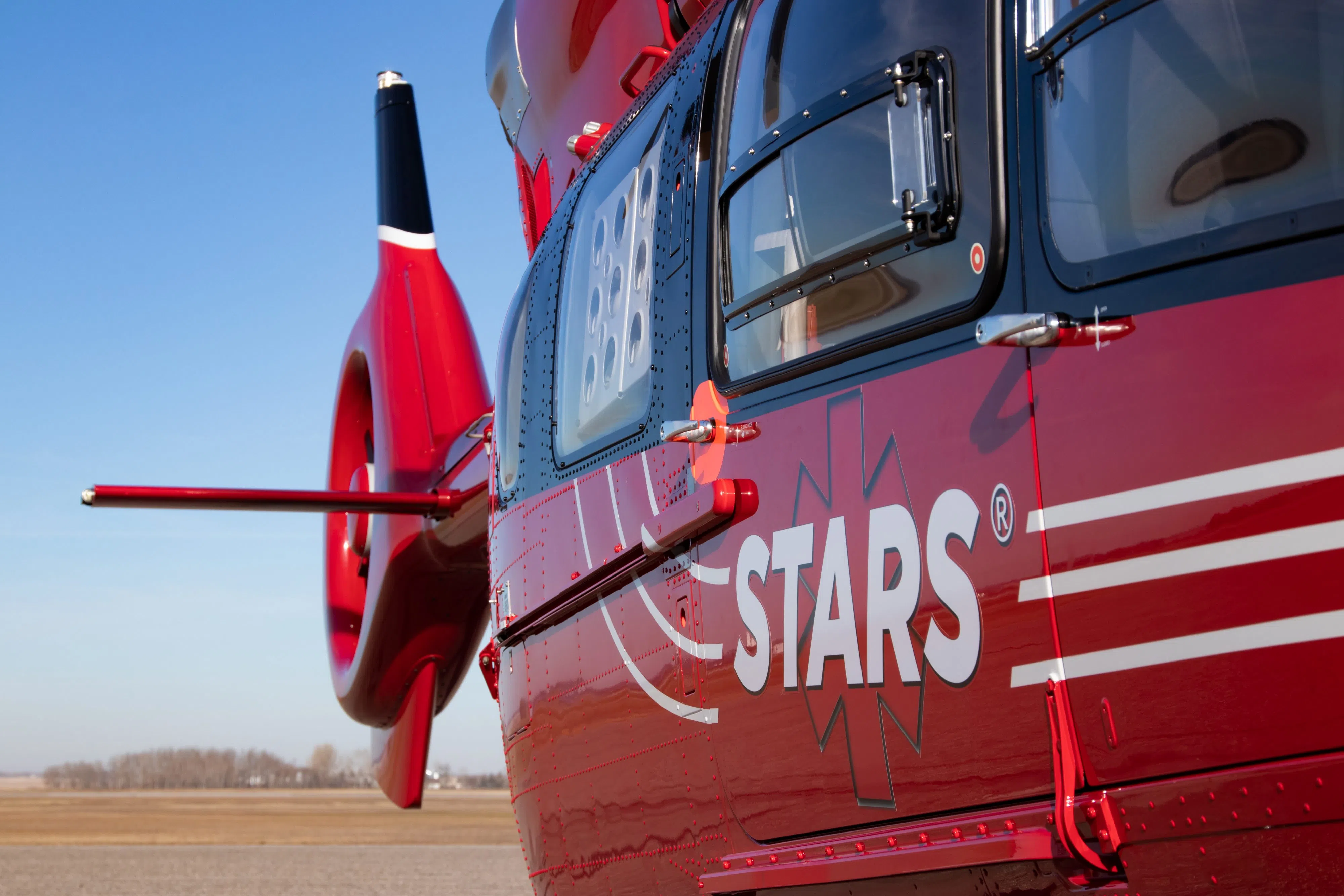
STARS seeks public assistance in safe drone and laser usage
As the public use of drones and laser pointers steadily increases, STARS officials are raising awareness to ensure these devices are used safely and responsibly for the safety of its aircraft, crew and patients.
The use of drones and lasers near aircraft in areas such as helipads, emergency scenes, or airports can pose a real threat to aircraft safety, say officials.
From potentially distracting and disorientating pilots, to creating a glare in the cockpit or blocking the flight path, officials say the risks of unsafe drone and laser usage can impact the crew and cause further harm to the patients STARS serves.
Should a situation escalate, under the Aeronautics Act, officials say legal action can be taken against an individual using a laser or a drone close to an aircraft.


